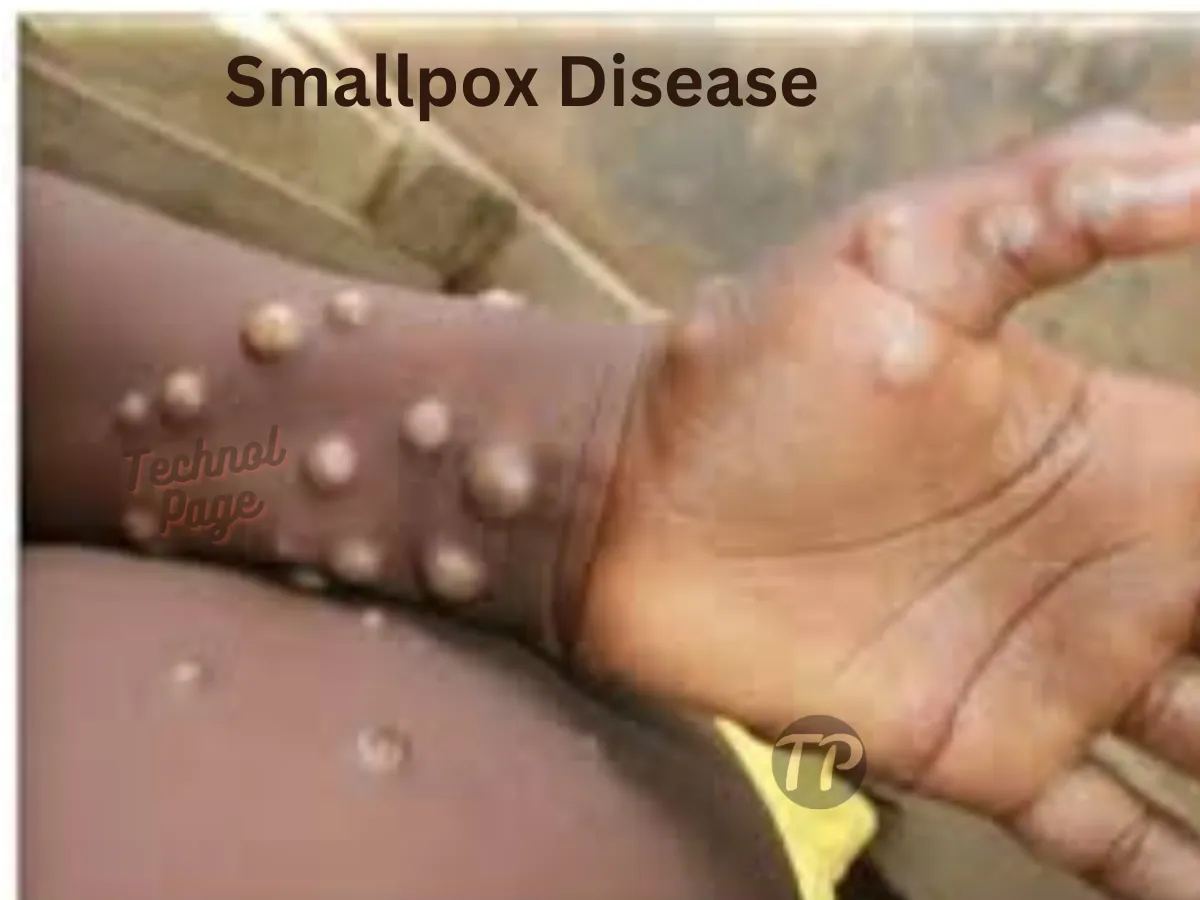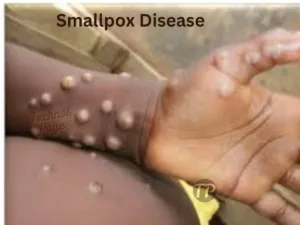Table of Contents
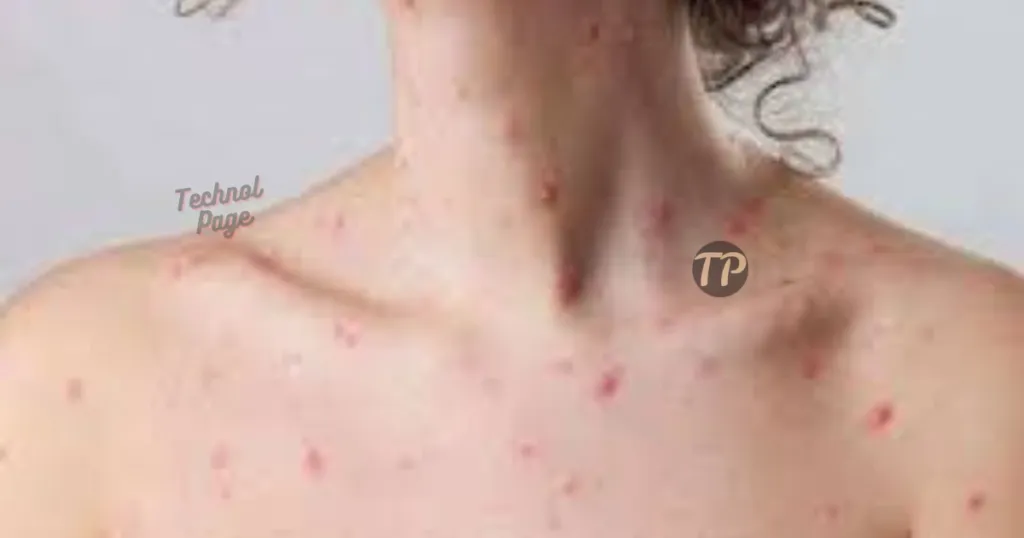
What is smallpox, Symptoms, Causes, Diagnosis and Treatment
Introduction
What is smallpox ? Fever, rash, coughing, and red, watery eyes are some of the symptoms of smallpox, a highly contagious and possibly dangerous illness. When an infected individual coughs or sneezes, the infection primarily spreads through the air.
Smallpox symptoms appear seven to twenty-one days after infection. Between four days prior to and four days following the rash’s appearance, chickenpox might spread. Even before the typical smallpox rash appears, people can still spread the disease.
What is smallpox
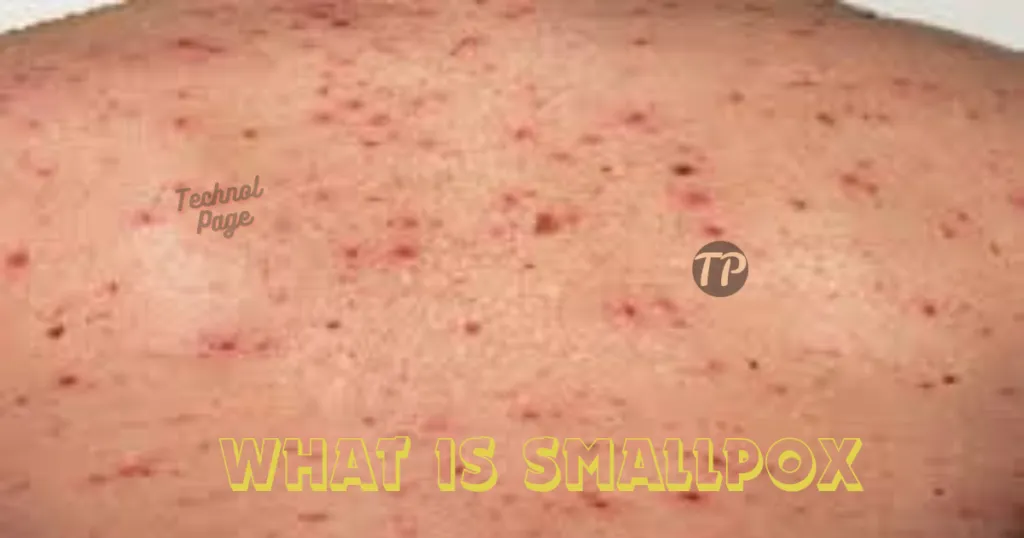
Varicella zoster virus, sometimes referred to as the chickenpox virus, is the virus that causes chickenpox. This highly contagious disease primarily affects youngsters, though it can strike adults as well. Although it typically has a moderate course and resolves on its own, immunocompromised individuals or newborns may experience significant health consequences. Flu-like symptoms and the traditional itchy rash are its defining characteristics. While the symptoms of chickenpox eventually go away on their own, home cures and care choices are crucial for relieving discomfort and itching. The main goal of treating chickenpox is to control its symptoms.
Symptoms of Smallpox
Following viral exposure, symptoms of a chickenpox infection often develop 7–21 days later and last 4–10 days. The early signs of any infection could resemble those of another. When the chickenpox first appears, a person may have headaches, body aches, and appetite loss. The characteristic chickenpox rash occurs after a day or two. Up to 48 hours before the rash occurs, close touch might spread the skin rash. The following are typical non-rash symptoms of chickenpox:
1). The most typical sign of chickenpox is fever. It is normally between 101° and 103°F (38.3° and 39.4°C) for three to five days.
2). fatigue or malaise, which is a Generalised sense of illness
3). Appetite decline
4). Headache
5). Ache in the muscles or joints
6). Signs of the flu, such as runny nose or cough
After smallpox infection, symptoms may appear as follows:
1). Red pimples that grew and broke out after a few days
2). Little blisters that oozed after bursting with liquid inside of them
3). Blisters are covered in crusts and scabs that take many days to heal.
4). Blisters, scabs, and bumps all manifest at the same time because new bumps keep coming for a few days. In extreme situations, the rash may become systemic, resulting in lesions in the eyes, mouth, anus, and vaginal mucous membranes.
5). Even while it’s not serious, it can cause youngsters to feel unpleasant and itches a lot; in adults, it usually hurts considerably more.
Causes of Smallpox
The virus known as varicella zoster causes chickenpox. The majority of the time, close contact with an infected person spreads it. The virus has the potential to spread:
Breathing in respiratory droplets during sneezing or coughing
Exchanging food or liquids through saliva or kissing
Hug or handshake as a result of coming into contact with skin secretions or blisters
Getting in contact with infected objects, including doorknobs or tables
The virus can infect someone who hasn’t been exposed to the illness. When does the risk rise?
1). You recently came into contact with someone who is infected. You are not yet fifteen years old.
2). You are an adult who resides with sick children.
3). You have worked with infected cases in a nursery or school.
4). You are taking medicine or are unwell, which compromises your immune system.
Diagnosis Of Chickenpox
Because chickenpox causes a characteristic skin rash, it is typically easy to identify and diagnose –
Nonetheless, a polymerase chain reaction (PCR) test can be used as a confirmatory measure if needed. To do this, a virus presence test is performed on the blister fluid or scab.
Antibody testing can also be used to assess the presence of immunity against chickenpox. Among them are:
1}. The varicella zoster IgG test measures the amount of IgG antibodies the immune system produces to combat the varicella zoster virus.
2}. To diagnose chickenpox and distinguish between an infection that occurred recently, currently, or in the past, utilise the Varicella Zoster IgM test.
Prevention Of Chickenpox
Vaccination is an easy and reliable strategy to avoid chickenpox. The Indian universal vaccination policy does not include chickenpox vaccination, despite the fact that routine baby vaccination has greatly decreased the transmission of wild-type varicella. Consequently, vaccination can greatly lower the chance of contracting the infection, so if you haven’t had the shot yet, do so now. It is also one of the safest and most efficient ways to avoid getting chickenpox. Make sure you ask your doctor for guidance before being vaccinated.
Given the contagious nature of chickenpox, it is advised that additional family members, even if they have not been immunised previously, get vaccinated if a family member is diagnosed with the illness.
When to see a Doctor
In the event that you encounter any of the following symptoms, you should consult a physician:
vomiting, breathing difficulties, eye rashes, stiff neck, and a high fever (over 103 F)
bacteria-related illness
lack of control over muscles
lightheadedness
How to prevent chickenpox from spreading on the body?
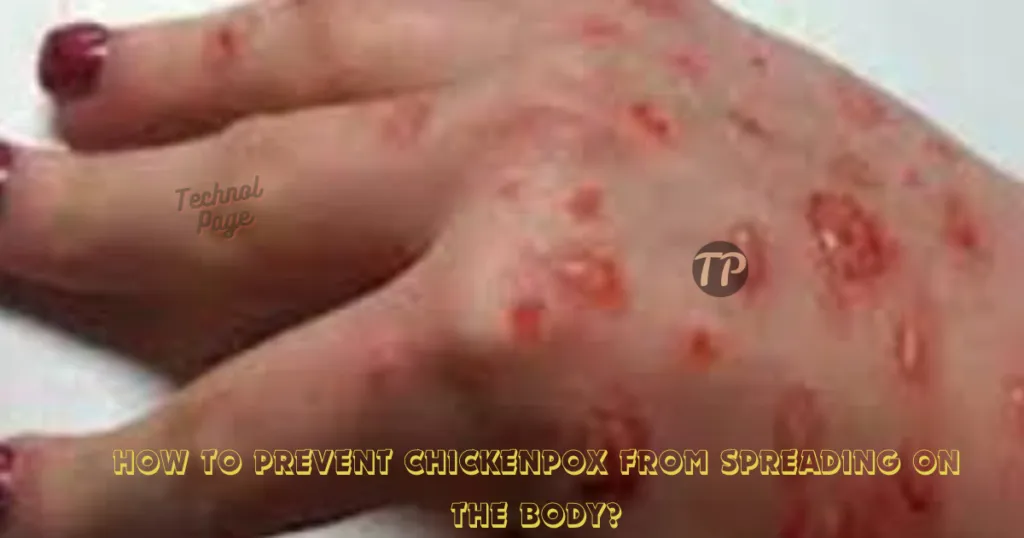
The following steps can be taken to stop chicken pox from spreading throughout the body:
1]. Keep kids out of the preschool or creche until all slots are filled.
2]. Keep your nails clipped to avoid popping blisters.
3]. Calamine lotion can be applied to assist lessen itching.
4]. Put on mitts to prevent scratching.
5]. Give sugar-free popsicles to relieve sore mouths that develop from extremely severe sore mouths.
6]. Taking an oatmeal bath might soothe and reduce irritation.
7]. Take a bath with baking soda to ease itching.
8]. For an antibacterial and anti-inflammatory effect, apply chamomile compresses.
Chickenpox Treatment
Adults with chickenpox treatment:
Adults who contract chickenpox typically experience symptoms similar to those of children, albeit potentially more severe. Included in the treatment is:
1]. Dabbing the areas with calamine lotion application.
2]. Colloidal Oatmeal Bath for Medication-Assisted Itching Relief: Painkillers, medication to Lower fever and antibiotics to control infection.
3]. In certain situations, a vaccination to prevent or lessen severity may be advised after exposure.
4]. Isolation to stop an infection from spreading.
Treatment for childhood chickenpox:
In cases when you or your kid are highly susceptible to problems from chickenpox, the physician may recommend intravenous immunoglobulin or acyclovir. If administered within 24 – 48 hours of the onset of the first rash, they can lessen the severity of chickenpox.
In certain situations, a vaccination to prevent or lessen severity may be advised after exposure.
1]. Both pneumonia and skin diseases may require the prescription of antibiotics. Antiviral medications can be used to treat encephalitis. Usually, hospitalisation is required.
2]. Put on gloves to prevent them from scratching, especially at night. Trim their nails as well.
3]. Take cool baths containing baking soda, aluminium acetate, or raw oatmeal to relieve itching and other symptoms.
4]. Calamine lotion should be used to the blemishes and patches.
5]. Itching-related antihistamines, like diphenhydramine.
6]. For fever, paracetamol.
7]. To stop the virus from spreading, isolate the youngster.
Disclaimer :-
This article contains general information about medical conditions, treatments, and home remedies. The information provided in the article is intended solely for general reading, and is not the result of extensive research or tests conducted in laboratories. The information provided here is not medical advice, so it is not intended to replace a physician’s consultation, and should not be considered a substitute for medical diagnosis or treatment from your doctor, or any other licensed health care professional. The suggestions given in the article are for general information only and should not be taken as professional medical advice. Consult your doctor if you have any questions or concerns. If you are feeling Symptoms of smallpox, contact your doctor immediately.
You have read this blog completely and with great attention ,This is our sentiment. If you have any questions regarding the content of our website, you can contact us.
Please visit us :- To know more about our website, please visit our About Us and Disclaimer page.
Thanks
